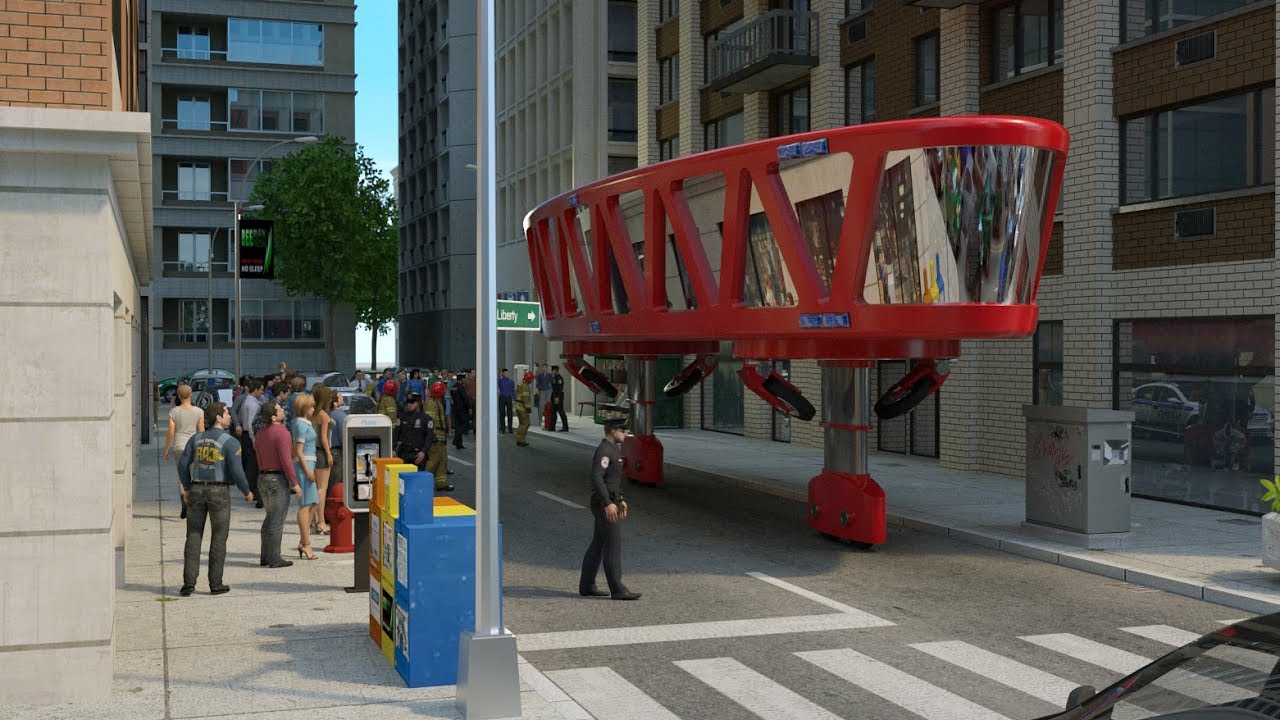Gyroscopic Future Transportation: Revolutionizing the Way We Move
In the quest for cleaner, more efficient, and innovative transportation solutions, gyroscopic technology has emerged as a game-changer. Gyroscopic future transportation promises to revolutionize the way we move, offering a glimpse into a future where commuting is not only eco-friendly but also incredibly convenient and fun. From self-balancing electric scooters to futuristic one-wheeled marvels, this technology is reshaping the way we think about personal mobility.
What is Gyroscopic Technology?
Gyroscopic technology relies on the principles of angular momentum and precession. Essentially, it involves a spinning wheel or disc mounted within a frame that can move and change its orientation. This spinning wheel resists changes in orientation, making it remarkably stable. This principle is what enables gyroscope-based vehicles to stay balanced, even when the rider leans in different directions.
The Gyroscopic Future Transportation Landscape
- Self-Balancing Electric Scooters: The most widespread application of gyroscopic technology can be found in self-balancing electric scooters. These two-wheeled wonders, popularly known as hoverboards, Segways, or self-balancing scooters, have taken urban commuting by storm. They use gyroscopes to keep the platform level and stable, allowing riders to steer simply by shifting their weight.
- Electric Unicycles: Taking the concept of personal mobility a step further, electric unicycles employ gyroscopic technology to create an entirely new way of getting around. Riders stand on a single wheel with footrests on either side, and by leaning in different directions, they can control speed, direction, and braking. These futuristic unicycles offer the thrill of a high-speed ride while being compact and environmentally friendly.
- Gyroscopic Cars: The concept of gyroscopic cars, also known as “gyro cars,” is still in its experimental stages but holds great potential for the future of transportation. These vehicles utilize multiple gyroscopes to maintain stability, even during high-speed turns or in challenging driving conditions. The technology could offer improved safety and efficiency in the automotive industry.
- Urban Mobility Solutions: In urban areas, gyroscopic future transportation is being harnessed to create innovative last-mile solutions. Self-balancing electric scooters, for instance, have become a common sight in city centers, providing a convenient and eco-friendly alternative to short car trips.
Benefits of Gyroscopic Future Transportation
- Eco-Friendly: Gyroscopic vehicles are typically electric, producing zero emissions. They contribute to reducing air pollution and greenhouse gas emissions, making them a greener alternative to traditional gas-powered vehicles.
- Efficient and Convenient: These vehicles are designed with urban mobility in mind. They are compact and maneuverable, making them ideal for navigating congested city streets and offering a convenient solution for short trips and the last mile of a commute.
- Easy to Learn and Use: One of the greatest advantages of gyroscopic transportation is its user-friendliness. Many gyroscopic vehicles are intuitive to operate and require minimal training, making them accessible to a wide range of users.
- Reduced Traffic Congestion: With more people opting for gyroscopic transportation for short trips, there is the potential to reduce traffic congestion in cities, ultimately leading to shorter travel times and less stress for commuters.
- Cutting-Edge Technology: Gyroscopic vehicles are at the forefront of technological innovation, offering users a glimpse of the future of transportation. These devices often come with smartphone apps and connectivity features, enhancing the overall user experience.
Challenges and Considerations
While gyroscopic future transportation has immense potential, it also faces some challenges and considerations:
- Regulation and Safety: As with any emerging technology, there is a need for clear regulations and safety standards to ensure the safe integration of gyroscopic vehicles into existing transportation systems.
- Cost: High-quality gyroscopic vehicles can be relatively expensive, which may limit their accessibility to some users.
- Infrastructure: Gyroscopic transportation systems may require investment in infrastructure such as charging stations, dedicated lanes, and parking facilities to reach their full potential.
- Range and Battery Life: Many gyroscopic vehicles have limited range and battery life, which may not be suitable for long-distance travel.
The Future of Mobility
Gyroscopic future transportation is changing the way we think about personal mobility. These innovative vehicles offer a cleaner, more efficient, and fun way to get around in urban environments. As technology continues to advance and as society becomes more focused on sustainability, we can expect to see an increasing integration of gyroscopic vehicles into our transportation ecosystem. The future of mobility is undoubtedly gyroscopic, and it promises a world where getting from point A to point B is not only easier but also much more exciting.






